How Should Businesses Prepare for the Challenges of Winter?
Winter can disrupt trading, damage premises and increase risk of injury to staff and the public. In the colder months, people are more likely to be admitted to hospital, the average bed occupancy increased by 92.6% across the NHS. Business owners must be prepared for the increased risks and know how to mitigate and control the hazards during the colder months.
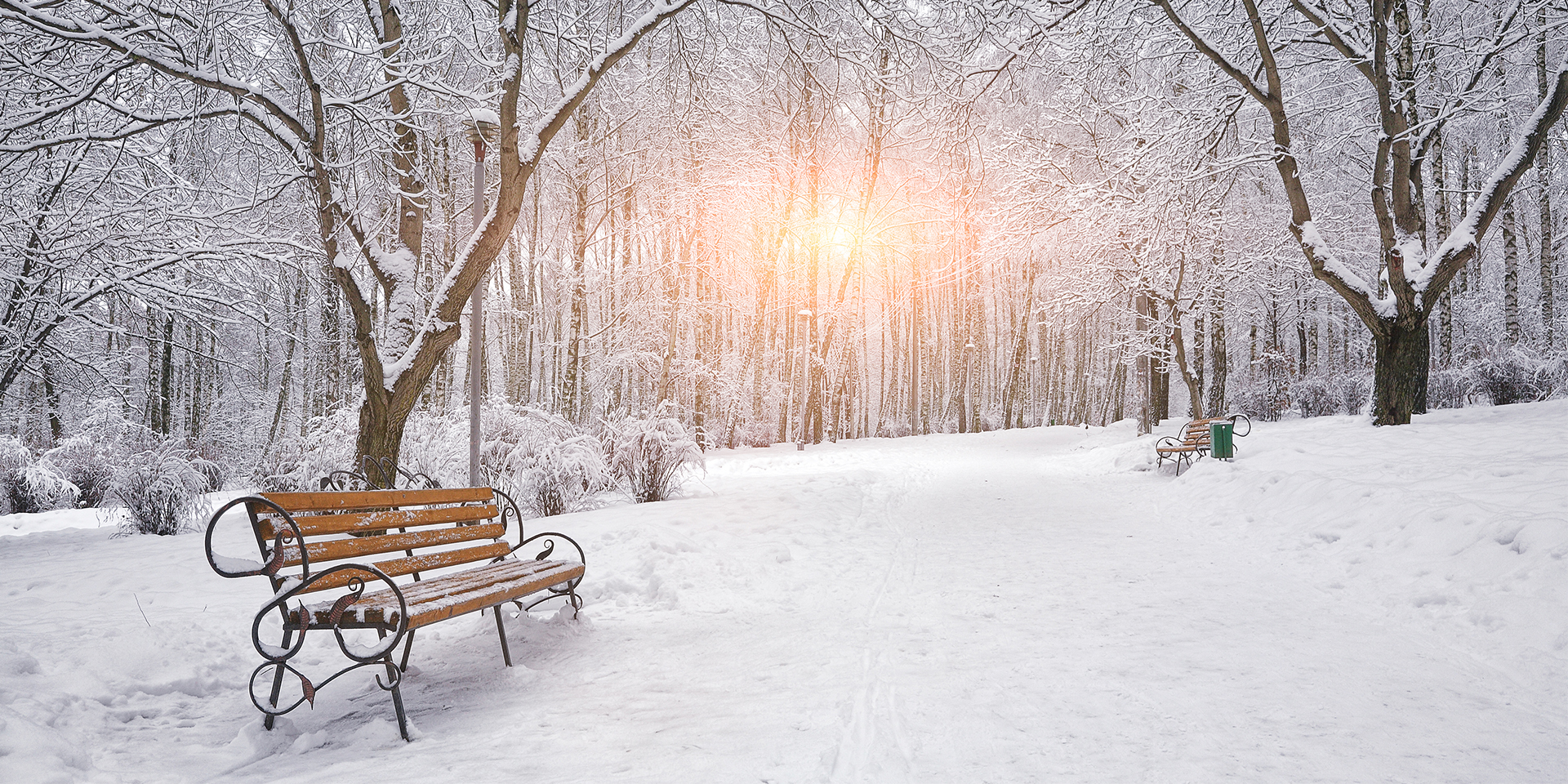
Risk Assessment
The Health and Safety at Work Act 1974 specifies it is the duty of every employer to ensure so far as is reasonably practicable the health, safety and welfare at work of all employees. Under the Management of Health and Safety at Work Regulations 1999 employers must assess the risks and act where reasonably practicable. Every season requires a different risk assessment and procedures. Review the risk assessment from the previous winter and adapt procedures accordingly. Employees should be trained in line with the new assessment and aware of their individual obligations.

Temperatures in the Workplace
The Workplace (Health, Safety and Welfare) Regulations 1992 Approved Code of Practice recommends workplace minimum temperature be 16°C or 13°C for rigorous physical work. This is not a legal requirement, but the employer must legally determine what’s reasonable for the premises. The Regulations only applies to employees. Considerations for temperature should form part of the risk assessment so employers can meet their obligations.
The Effect of Cold Temperature
The cold causes people to tense up, increases injury risk, reduces productivity and decision-making ability. Below 10°C employees are more at risk of musculoskeletal symptoms and muscle fatigue.
Thermal Comfort
Everyone’s thermal comfort differs and is affected by various factors, if there are employee complaints about workplace temperature, employers should assess environmental and personal factors to improve ways of heating the premises.
Thermometers are a workplace requirement.
Improving Thermal Comfort
- Consult employees on what effects their thermal comfort.
- Preventing heat loss and draughts.
- Design the workplace to minimise cold exposure in areas and with materials like frozen foods and cold water.
- Insulate cold floors and provide special footwear if employees stand for prolonged periods.
- Provide appropriate heating for the workplace. Any portable heating should be positioned away from walkways and combustibles.
- Limit time in cold areas through job rotation and breaks to warm up.

Check and Service the Boiler
Cold temperatures put a strain on boilers and it’s very common for parts to fail in winter. An annual service by a registered Gas Safe engineer will help to keep on top of any issues and ensures there will be no costly emergency fees.
Find a registered Gas Safe engineer here.

Insulated Pipes
Burst pipes are expensive and disruptive to businesses, often left without permanent premises and with a heavy bill for rectifying the damage. Heating should be on longer in the winter to avoid frozen pipes. Properly insulating pipes will prevent this and ensures protection against the elements.
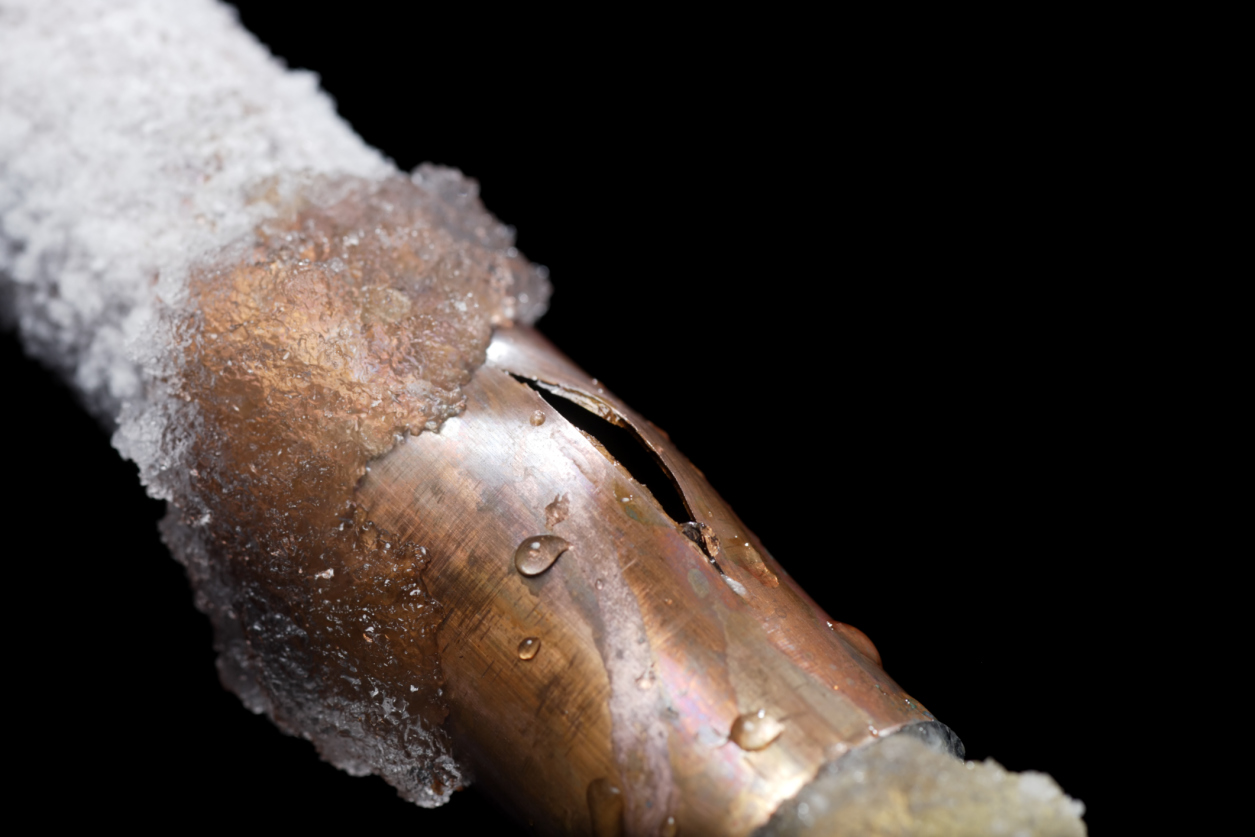
Check the Roof
Snow can put strain on roofs, have the roof surveyed annually particularly if the premises are old or has experienced water leaks. Surveys can identify problems and allows time to rectify before the cold weather sets in.
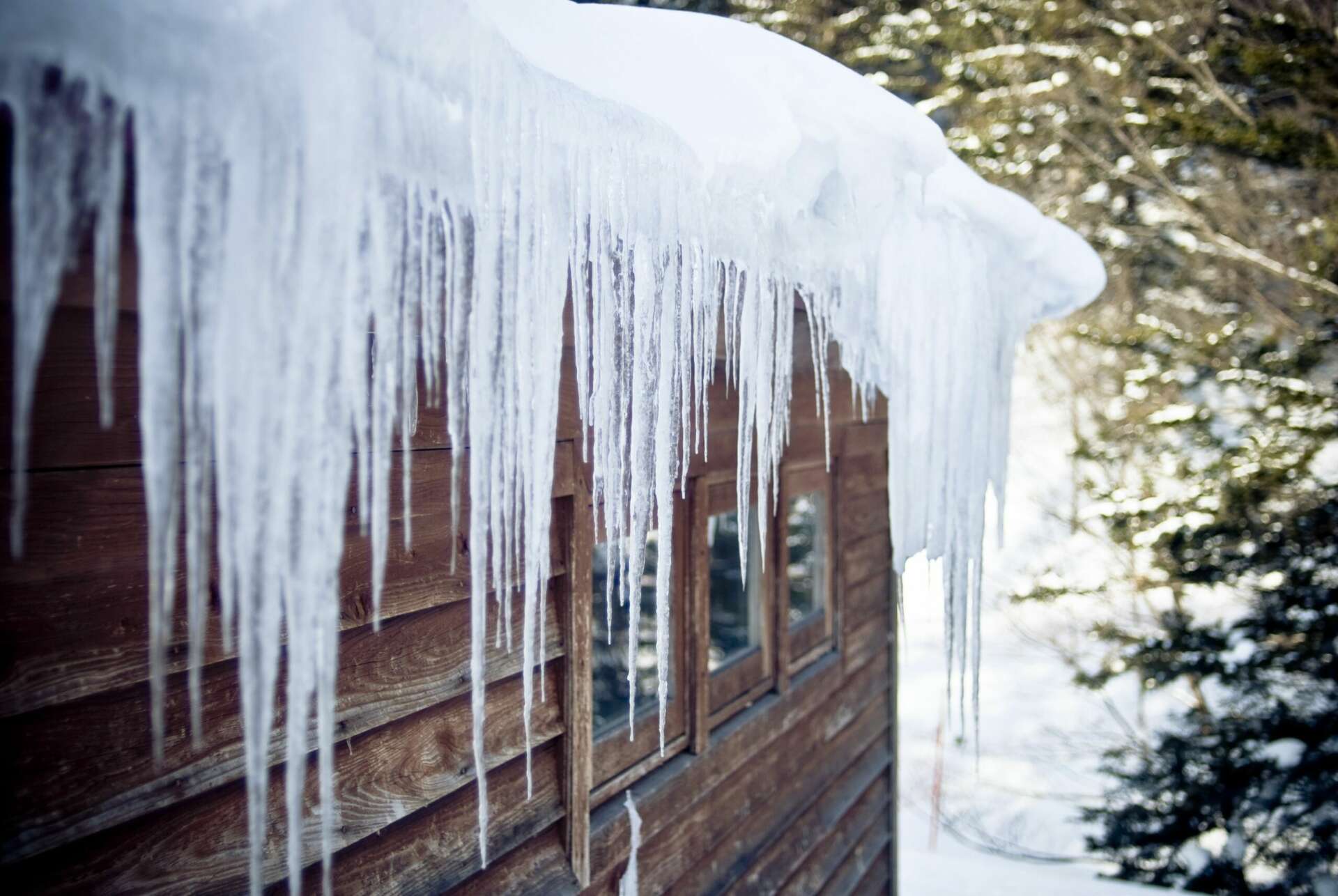
The Outside Influence
Ice and Snow
As part of the seasonal risk assessment, employers must identify where ice and snow are most likely to create a hazard. Businesses should have a procedure to alleviate risk of icy and slippery surfaces, like gritting, warning signs, covering walkways or preventing access altogether. Only warn against a hazard, if a sign or barrier is there all the time it will be ignored.
The Met Office is a good source for checking the forecast and being proactive about safety.
However, during winter it’s unrealistic to be able to keep every surface ice and snow-free. Individuals should take their own precautions for personal safety.
Clearing Snow and Ice
Rock salt is a cheap and quick to apply method of gritting, to be done when frost, ice or snow is forecast, or the temperature is freezing. It’s best to do early evening or morning.
Don’t just pour boiling water and leave it, salt stops refreezing. It’s likely an area will need to be tackled more than once and extra attention should be paid to steps and steep paths. If it’s raining, don’t grit.

Wet and Decaying Leaves
There must be a procedure for removing leaves regularly, wet or decaying fallen leaves are a slip risk and can also hide hazards underneath on the footpath.

Rainwater
A lot of slips occur in entrances where people have trodden in rainwater. Installing a canopy over the entranceway or having large absorbent mats to prevent the spread of water will reduce slip risk. Any paths or shortcuts likely to be slippery when wet should be avoided. Always have slip-resistant paving in areas of most foot traffic.
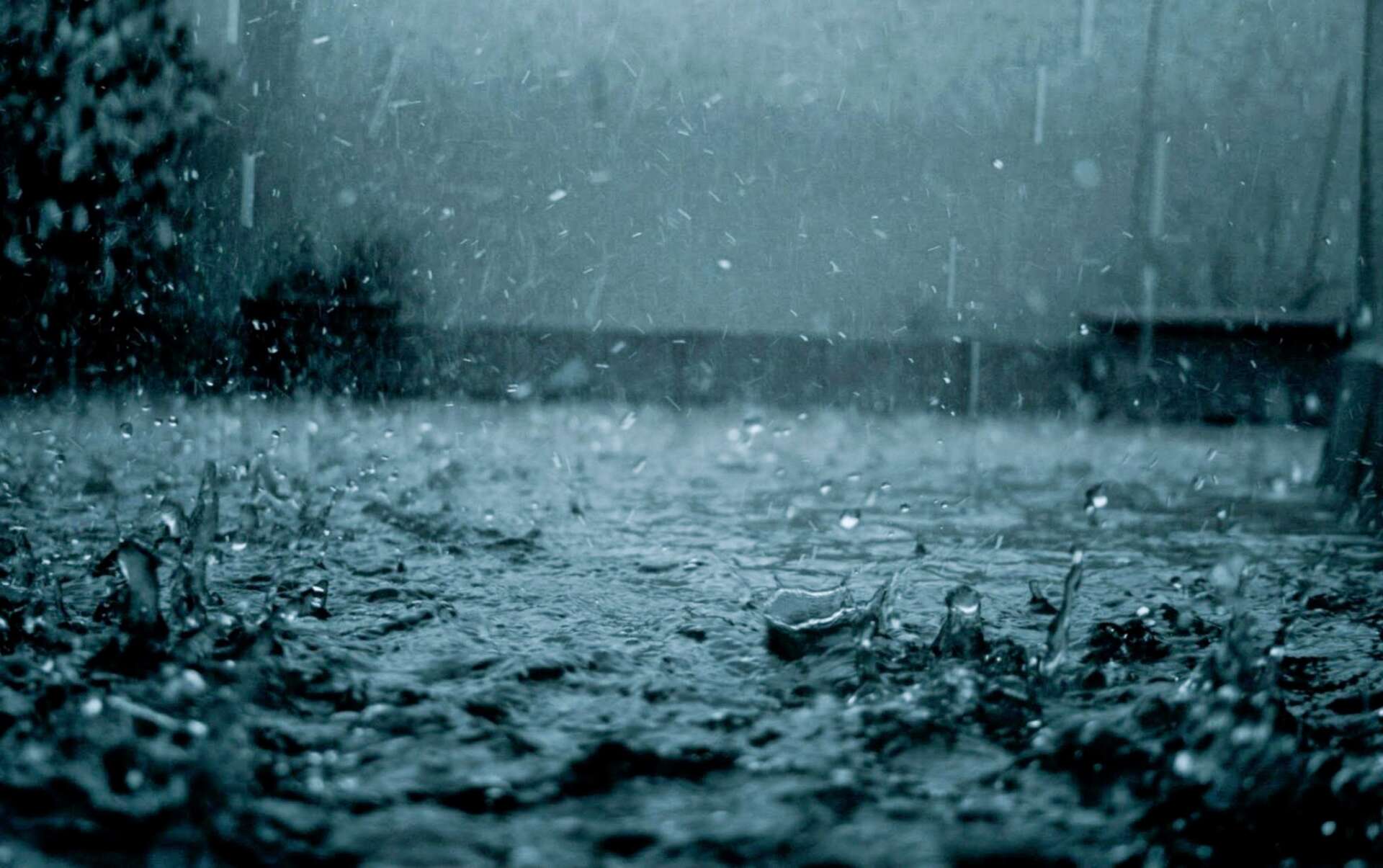
Slips, Trips and Falls
To moderate slip, trip and fall hazards in winter as reasonably practicable:
- Work areas should be kept clear.
- Snow and ice should be removed from pavements and water from floors.
- Hazards should clear and obvious with correct signage.
- Employees should take it slow and allow extra time to get where they’re going.
- Elderly or disabled employees may require aid in winter.
- Improve traction with heavy tread footwear.
- Don’t allow employees to handle heavy loads in bad weather.
- Wear high-visibility clothes.
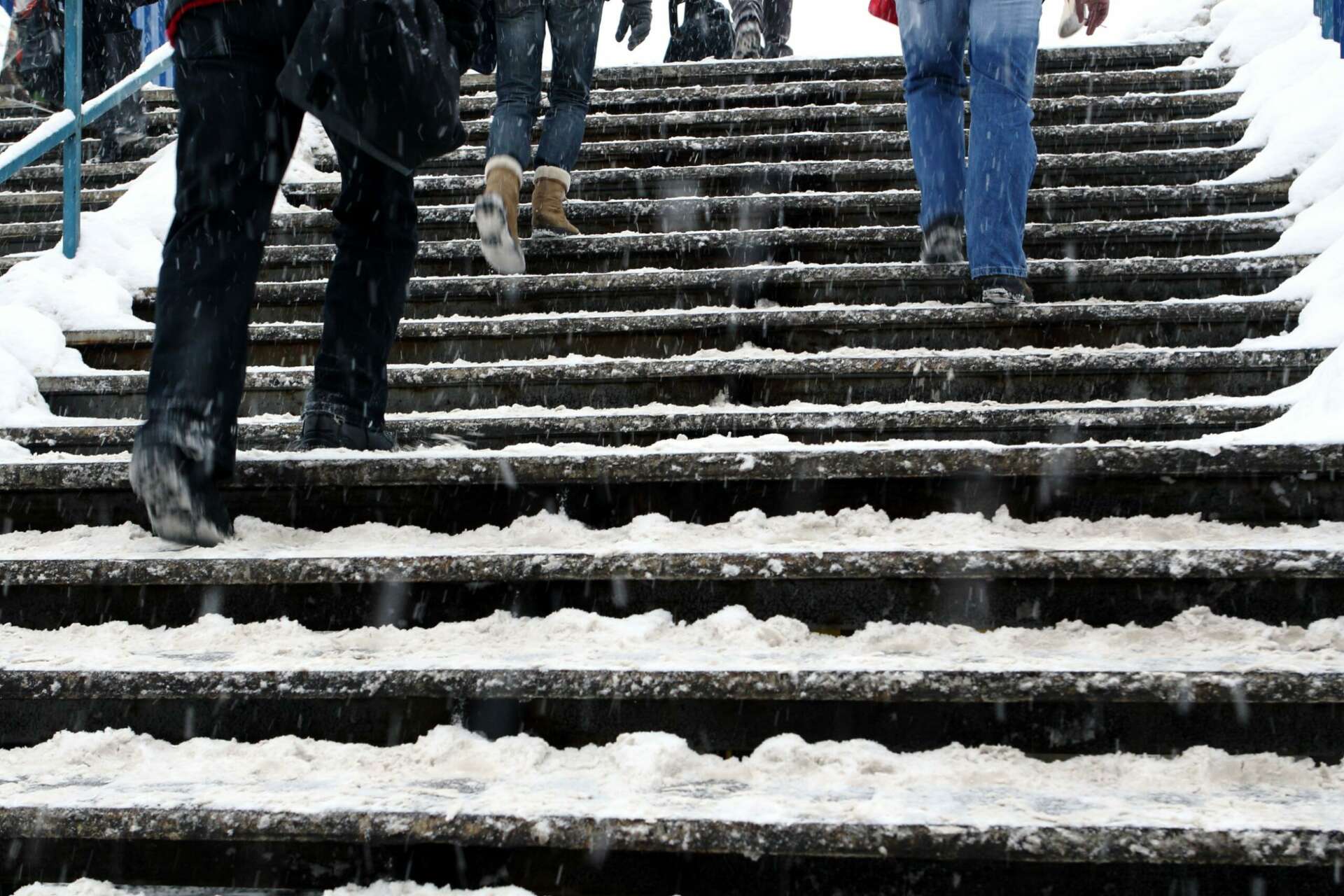
The Internal Factors
Well Lit Workplace
Most employees in winter arrive and leave when it’s dark, internal and external lighting must be fully operational. Staff should report anything that isn’t working. If hazards can’t be seen, lighting must be improved.

Lone Working
Lone or remote staff are more at risk in darker winter evenings. There needs to be clear methods and instructions for lone working like BS 8484 compliant lone worker devices allowing for immediate emergency response.

Carbon Monoxide
Carbon monoxide poisoning risk increases during winter, it can build up in confined spaces and prove fatal. Employers should schedule regular checks on devices producing carbon monoxide and install carbon monoxide detectors in high-risk areas.

Arrange Insurance Cover
It’s impossible to guarantee protection against all possible scenarios, employers should have comprehensive insurance cover to ensure peace of mind if something does go wrong.

Winter Driving
On average 22% of road accidents in the UK are as a result of bad weather, with over 100 people killed or seriously injured in crashes someone driving or riding for work. Drivers must adapt the way they drive in winter, if employees drive for work it should be included in the risk assessment to ensure staff are competent, it’s safe and vehicles are fit for purpose. The risk assessment should form a winter driving policy, that all employees are aware of and know how to follow.
The best thing to do in bad weather is to stay off the road and drivers should always listen to warnings given by the business or external sources. All journeys must be pre-planned in line with the winter driving policy and consider several factors:
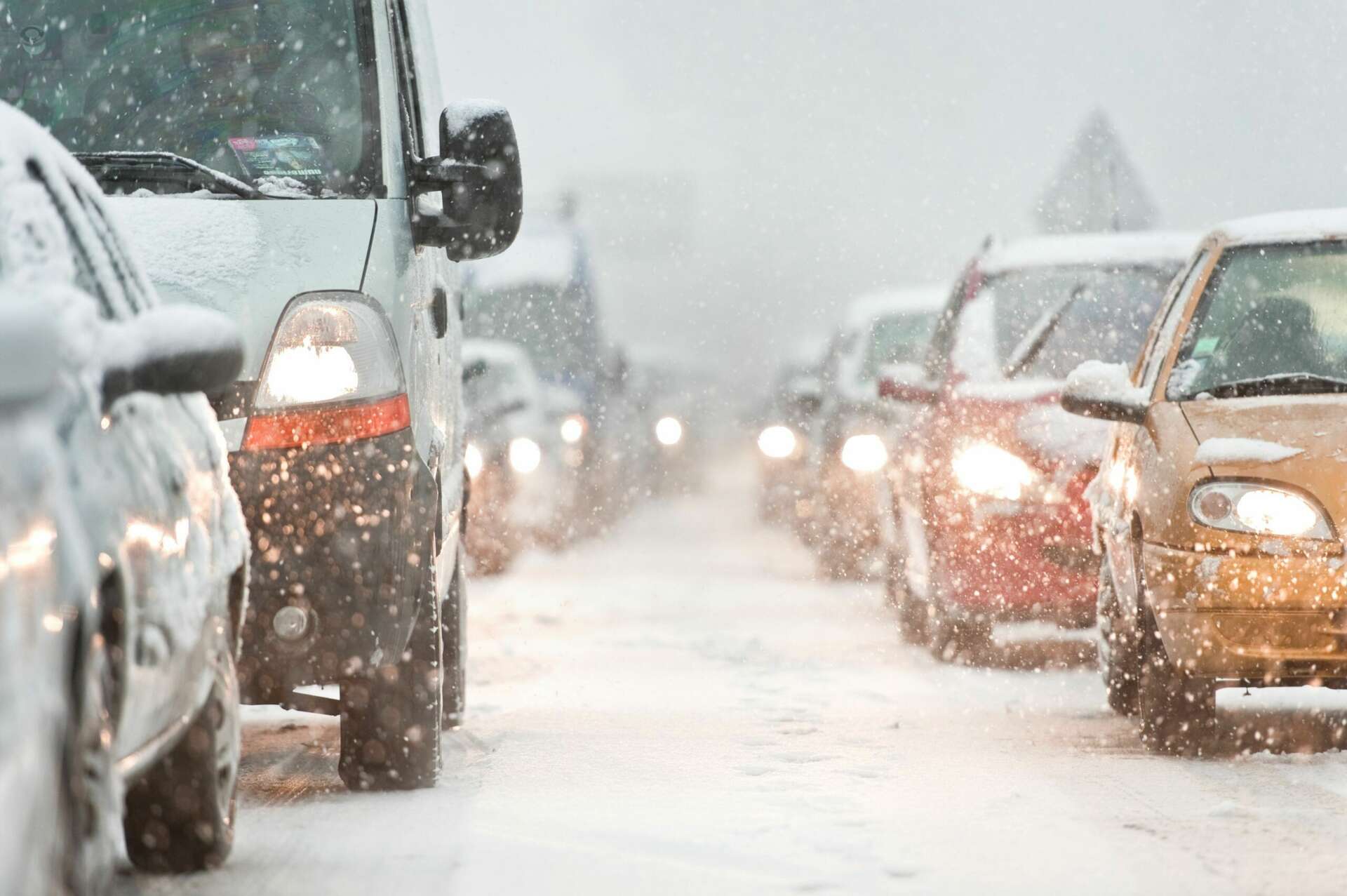
Safer Alternatives
Whether a road journey is necessary must be the first thought. If it can be replaced by rail, air or remote communication it is much safer. If unavoidable, shared journeys will minimise the number of trips and time spent at the wheel.
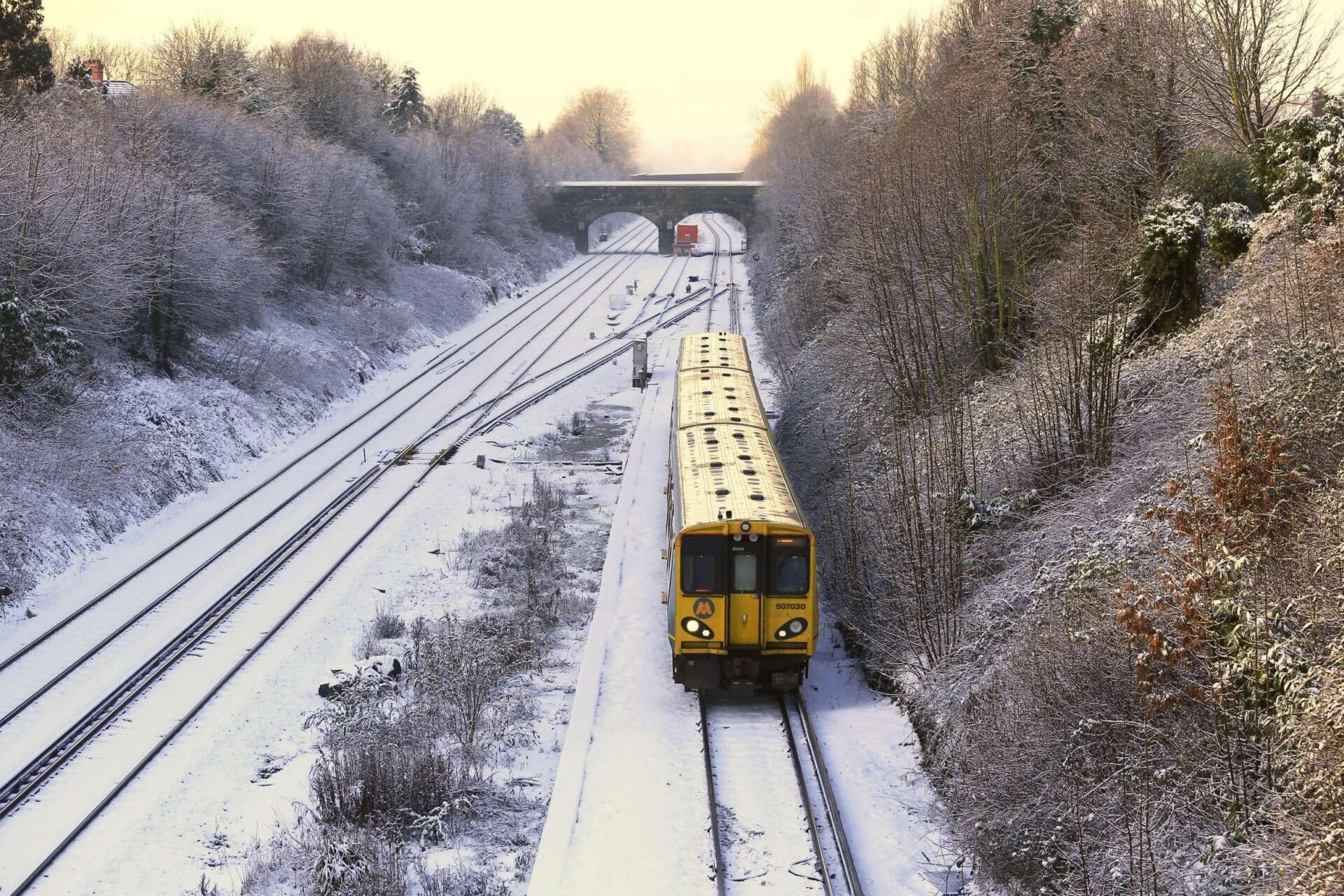
Driver Fatigue
Drivers falling asleep at the wheel is one of the most common causes of road crashes in the UK. Tiredness reduces the ability to recognise hazards, slows reaction time and impairs judgement, work commitments and a desire to get home tempt drivers to carry on when they shouldn’t.
Tired drivers are most likely to causes crashes:
- On long monotonous journeys e.g. motorways
- Between 2 am and 6 am
- Between 2 pm and 4 pm
- After having less sleep than normal
- After driving alcohol
- If taking medicines that cause drowsiness
- After long working hours, especially night shifts.
Employers must ensure their drivers are not at risk of falling asleep at the wheel.

Training Line Managers
All managers of employees that drive should be trained to manage road safety and be knowledge on the organisation’s winter driving policy. Visits and deliveries should be scheduled to keep mileage low and shifts organised to reduce driver tiredness.

The Route
Routes should avoid hazards particularly accident black spots, ungritted roads and roads unsuitable in high winds if in a high-sided vehicle, the highest quality roads should be chosen where possible. Traffic density will also influence the route, stay away from high traffic periods.
Drivers using Sat Nav should set it up before setting off and never alter it while driving. Rest stops should be built into the journey, making drivers less likely to rush and to stop them driving while tired. Breaks should be at least every two hours, sooner if the driver is tired, for at least 15 to 20 minutes. Plan alternative routes in case of major delays.

Manage Hours and Distances
Time pressure, unrealistic-call outs and delivery times can encourage speeding and driving for too long. Employers should set limits on distance and hours daily, weekly, monthly and annually for all drivers, incorporating the required rest. This should be in the business’ winter driving policy. Employers are responsible for monitoring mobile worker’s making sure they don’t go over the statutory maximum of drivers’ hours.

Scheduling is Key
Drivers must have enough time to get to their destination safely counting weather, traffic and speed limits. Drivers must never be encouraged to ignore the law or employer’s winter driving policy.

Organisation of Shifts
Businesses which operate in shift patterns should include management of shifts in their risk assessment. Poor management of shifts can lead to employees driving while tired, more effective management and transport alternatives should be introduced.

Overnight Stays
Staff that travel long distances should be able to stay overnight, chiefly if the premises is in a remote location. If staying overnight is not their personal preference, schedules and journey plans should accommodate this.
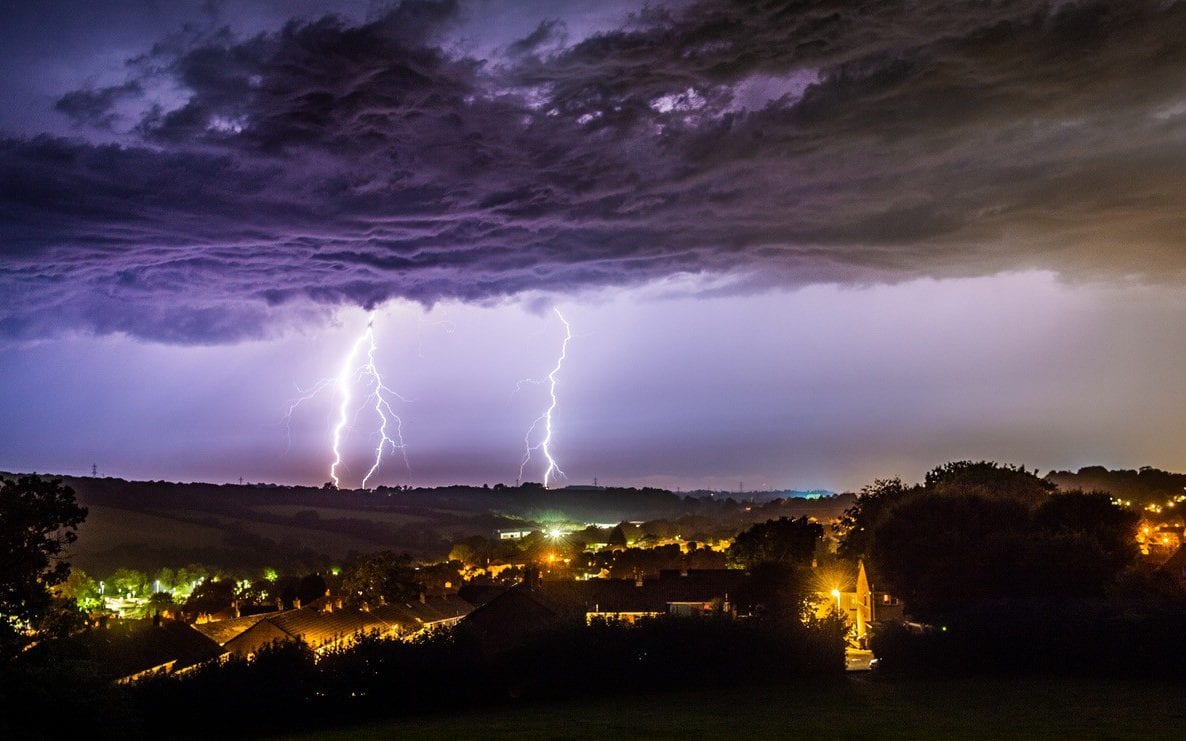
Adverse Conditions
Adverse winter conditions increase the danger of drivers become stranded. Employees should always follow advice from emergency services or motoring organisations in adverse conditions. Businesses must have clear reporting procedures in emergencies.
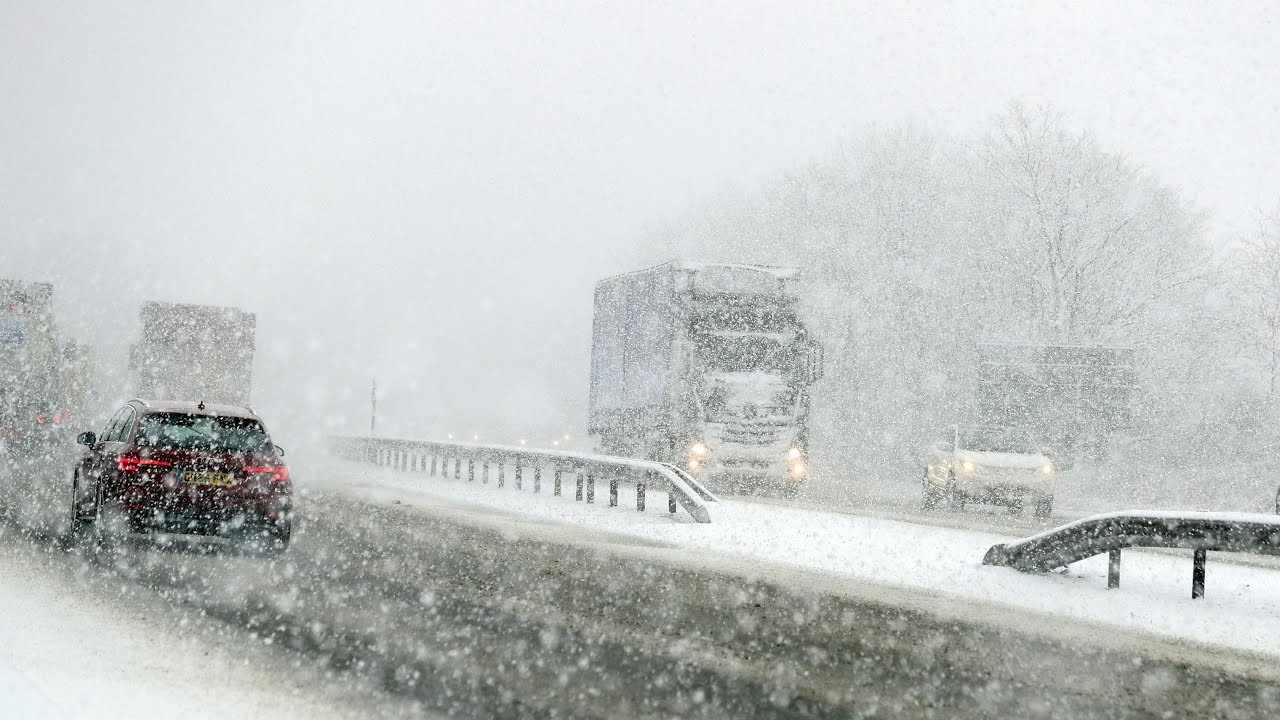
Vehicle Preparation
Company-owned vehicles must be in good condition and prepared for every season. Checks should include but not limited to fuel, coolant, screenwash, oil levels, depth and pressure of tyres, brakes, windscreens, windows, lights and electrics. Employees should be provided with a checklist to encourage them to check their own vehicles before driving.
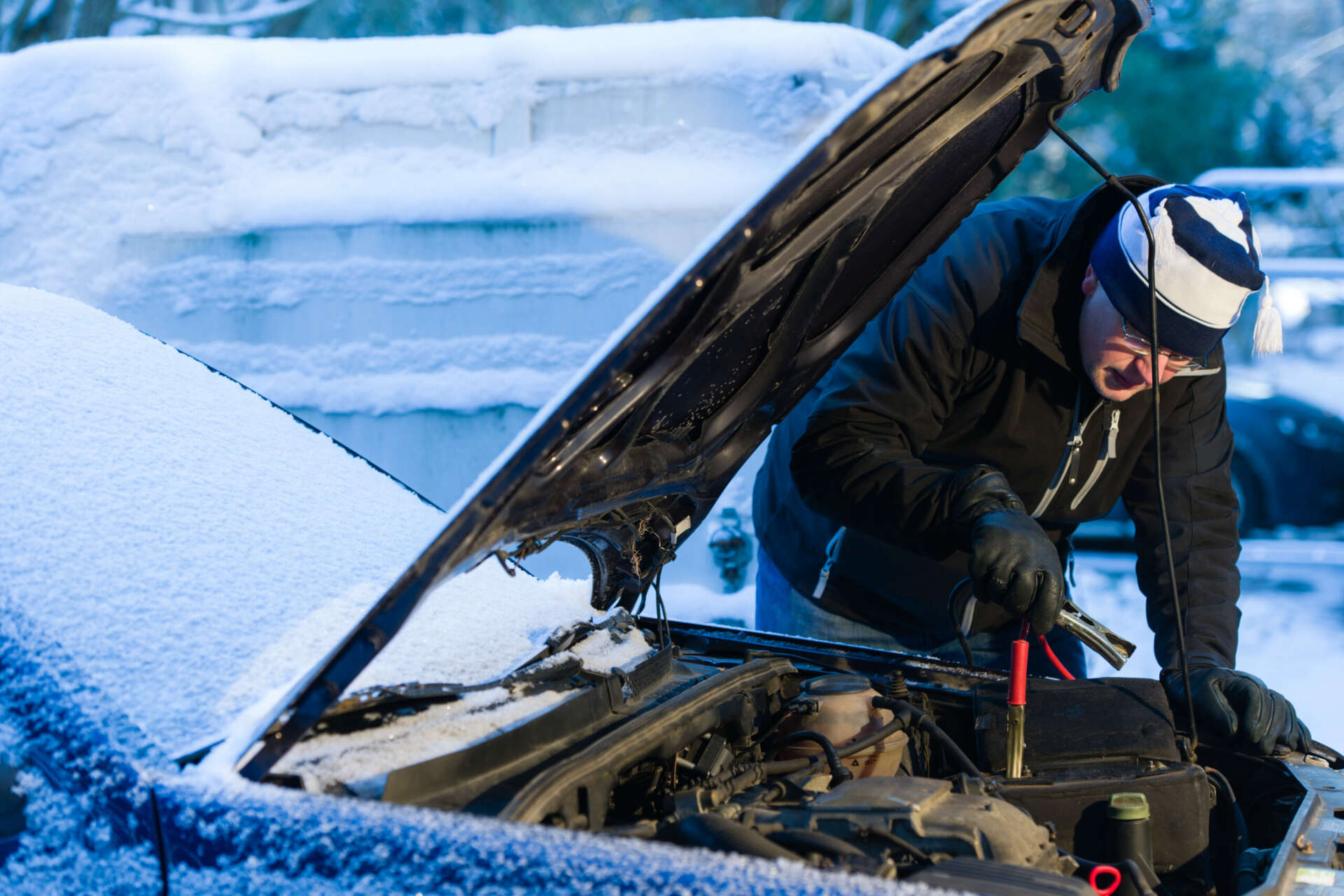
Emergency Preparedness
Winter driving policy should include what to do in emergencies, accidents and a breakdown. Drivers must have the right equipment for the associated risks and emergency contact numbers.
An emergency kit to at least include:
Tow rope, shovel, wellington boots, hazard warning sign, de-icing equipment, first aid kit, working torch, car blanket, warm clothing, emergency rations, charged mobile phones.
De-ice and clear any snow from the vehicle before the journey, to ensure visibility is not reduced.
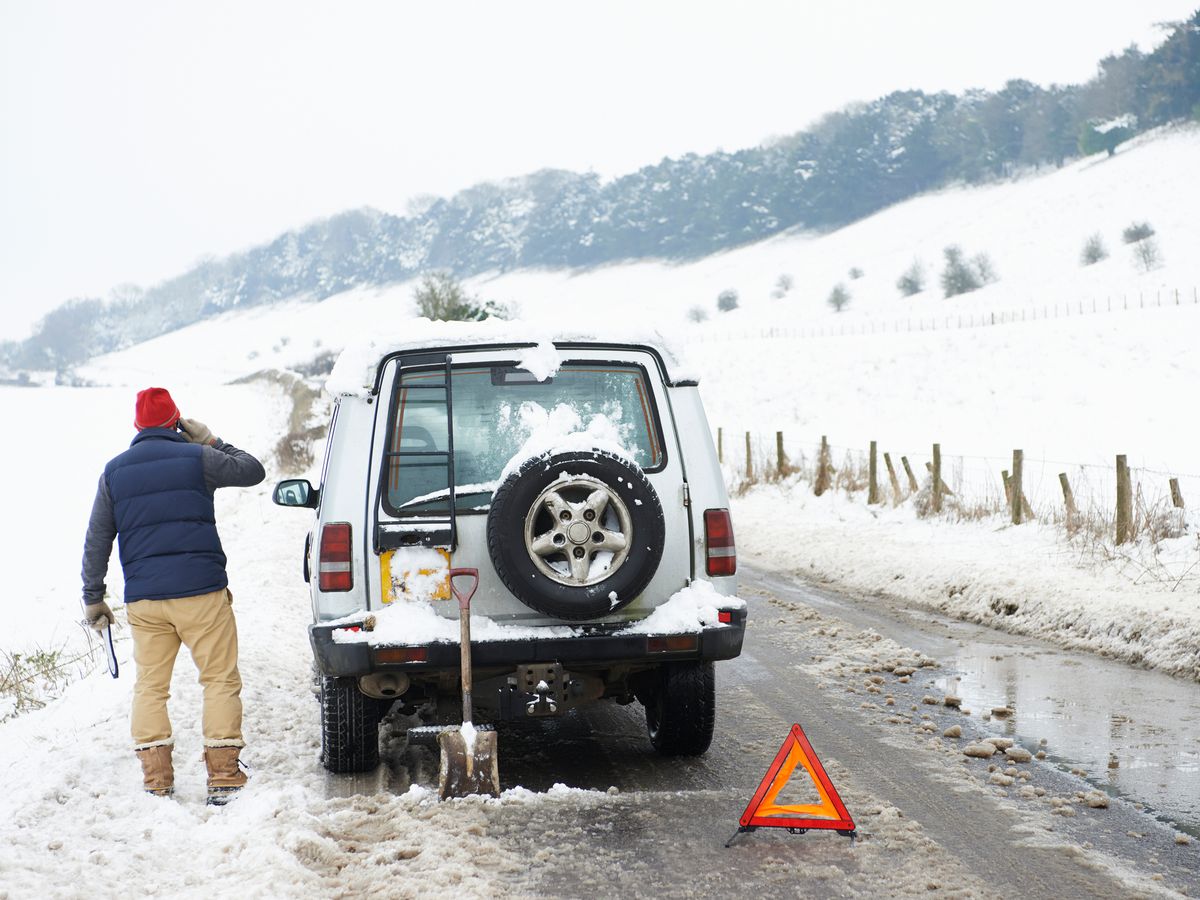
Communication and Monitoring
Driving policy and procedures should be communicated to employees and staff should be monitored that safe driving procedures are being used. All employees must be able to raise concerns with their line management and any incident while driving should also be reported.
All employers and employees should understand exceeding the statutory maximum drivers’ hours can result in disciplinary proceedings.
All measures should be reviewed regularly to ensure staff are not encouraged to drive for too long or too far unsafely.
See RoSPA’s ‘Driving for Work: Safer Journey Planner’ for more information. Or alternatively the RAC’s guide to winter driving.
Employees should be trained on how to deal with severe winter conditions when driving.

Employee Safety
Personal Protective Equipment (PPE)
Where health and safety risks cannot be adequately controlled, the Personal Protective Equipment at Work Regulations 1992 requires that PPE be supplied. PPE should be fit for purpose, maintained and stored, provided with user instructions and used correctly. The type of PPE will depend on the risk assessment and environment, it can also change depending on the season and weather.

Stay Fit and Healthy
Staff should keep warm in the workplace and at home, drink enough fluids and get enough rest to keep any illnesses away that are often exacerbated by cold weather.
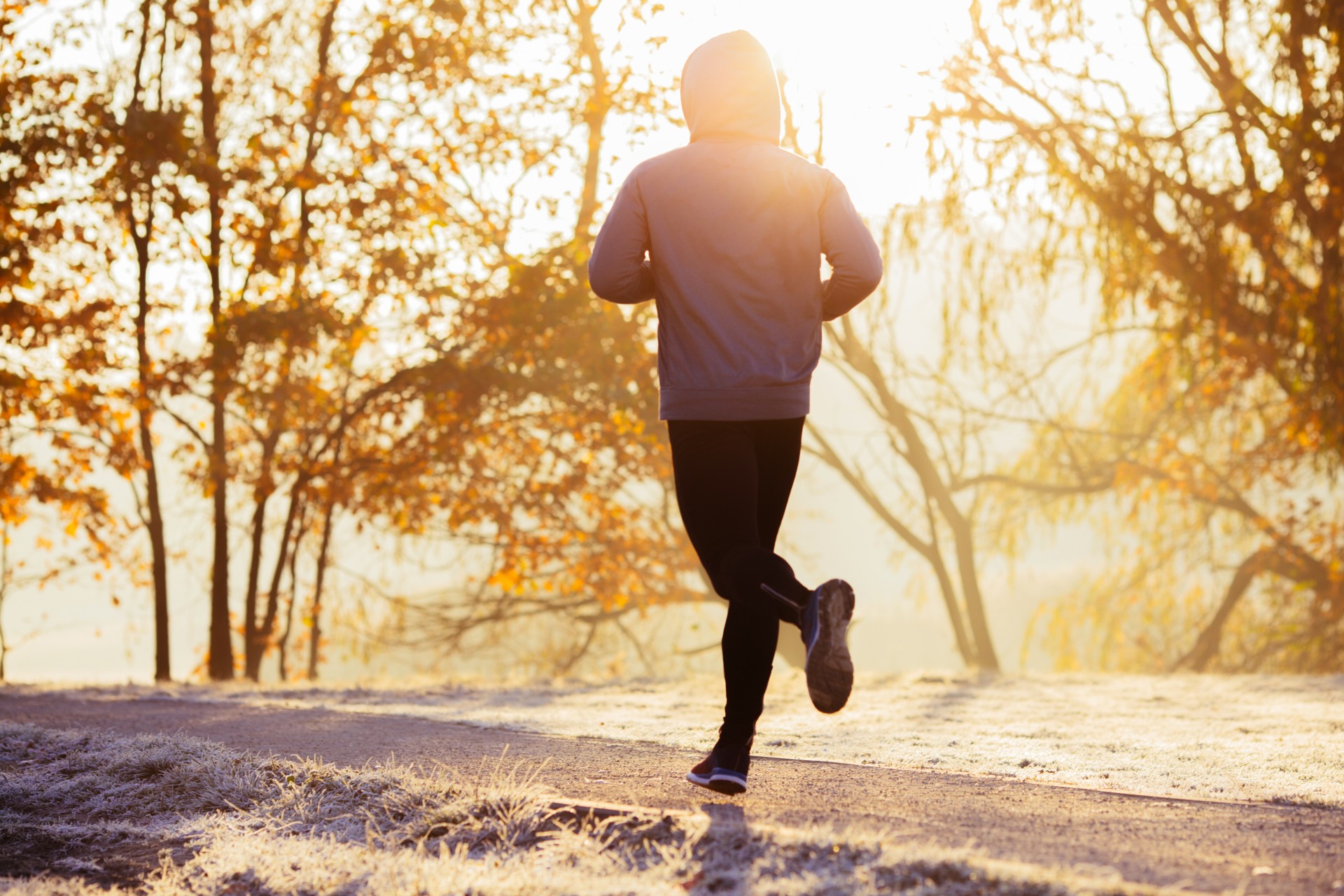
Wear the Right Clothes
Whether it’s for the train commute or working outdoors, dressing for winter isn’t a joke. Layering is key to keeping warm, it provides insulation and means clothing can be added and removed to suit indoors or outdoors.

Risks to Outdoor Worker in Low Temperatures
Outdoor employers or employees working in the cold for extended periods, without the proper PPE put themselves at risk.
- Dehydration: More layers makes people more likely to sweat. Sweat evaporates in the cold, quicker than the brain can realise, leaving physical workers extremely dehydrated.
- Raynauds: It affects blood supply most commonly to fingers and toes, symptoms can last from a few minutes to several hours causing pain, numbness and pins and needles.
- Hypothermia: It is a dangerous drop in body temperature below 35°C, it is life-threatening and must be treated immediately.
- Frost Bite:
- Painful Joints: The colder weather can cause aching joints like the knees, hips and ankles.
- Heart Problems: Cold weather makes hearts work harder to keep the body warm, this increases the risk of developing blood clots, a heart attack and a stroke.
Employees at risk should know to recognise the symptoms and what to do if someone exhibited those symptoms.

Risks to Indoor Worker in Low Temperatures
- Colds and Flu: Cold weather can weaken the immune system combined with poor workplace ventilation which can help colds, flu and the norovirus spread easily in proximity.
- Asthma: Cold or damp weather and closed environments with poor ventilation can aggravate airways of asthma sufferers.
The Health and Safety (First-Aid) Regulations 1981 applies to all workplaces, employers must consider the requirements of their employees and the risks to them in winter and all other seasons.
Visit the NHS website for advice on urgent and emergency care.

Each of APG’s divisions have their own specialities and combined they make up the full breadth of security solutions. We offer comprehensive and complete security protection to ensure the safety of people, property and assets throughout the UK. Visit our divisions page to find out how we can help protect your business in the colder months.
About APG
The Asset Protection Group comprises a group of Fire & Security companies with shared ownership and one common goal, protecting your most important assets. As a collective group, we look to offer protection to your assets to assist you with your ongoing success within your own business.

